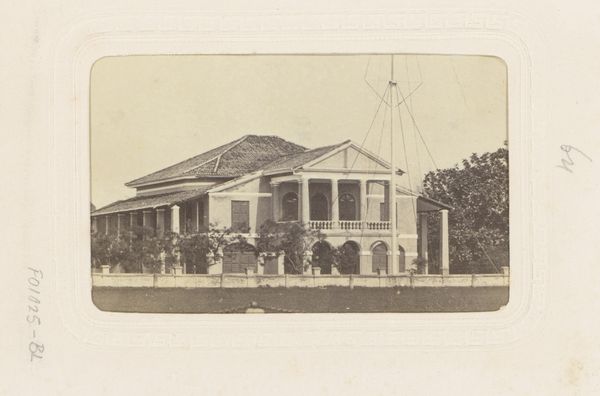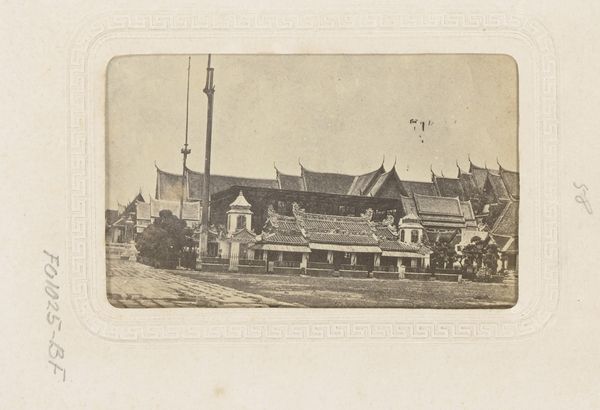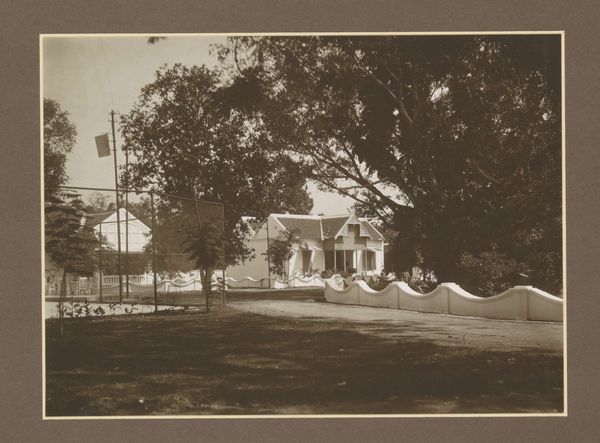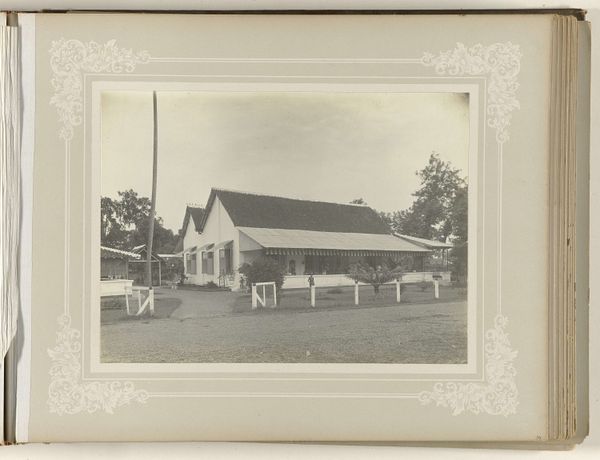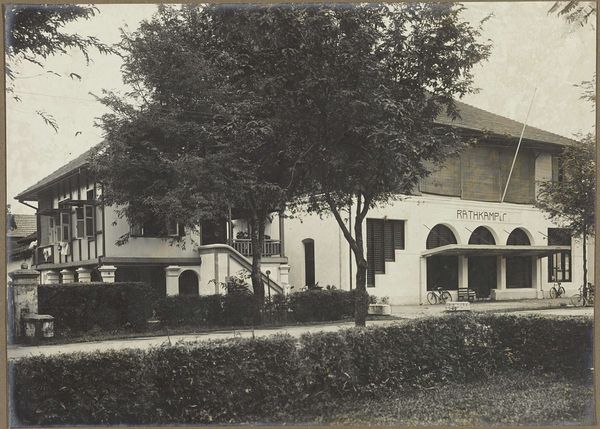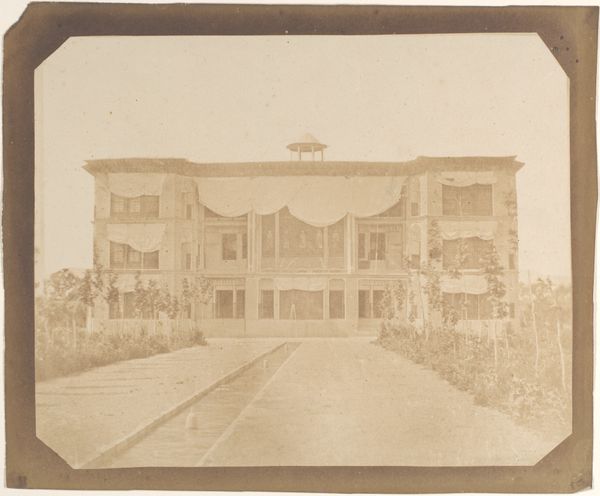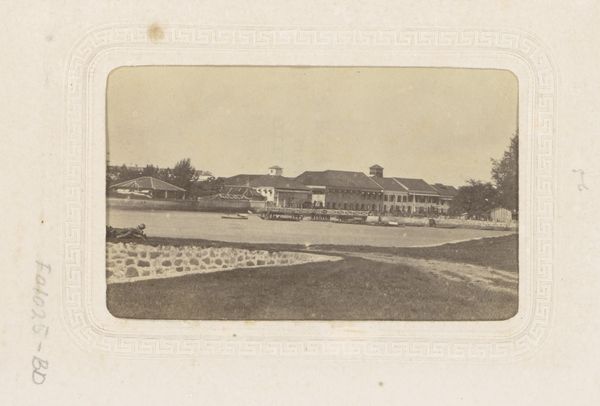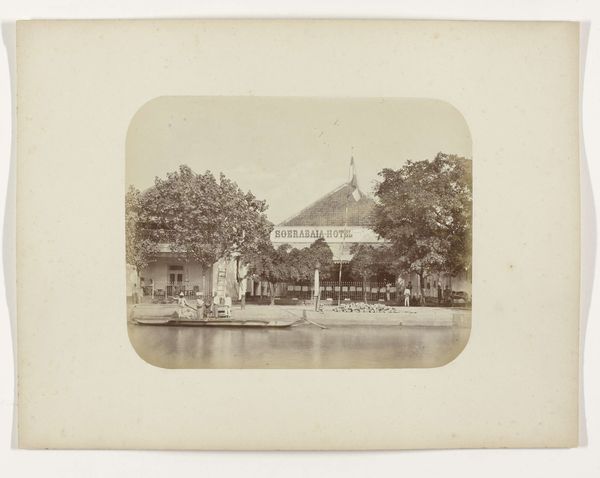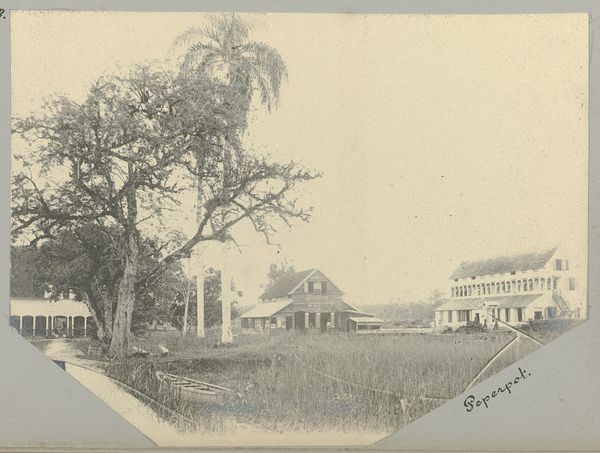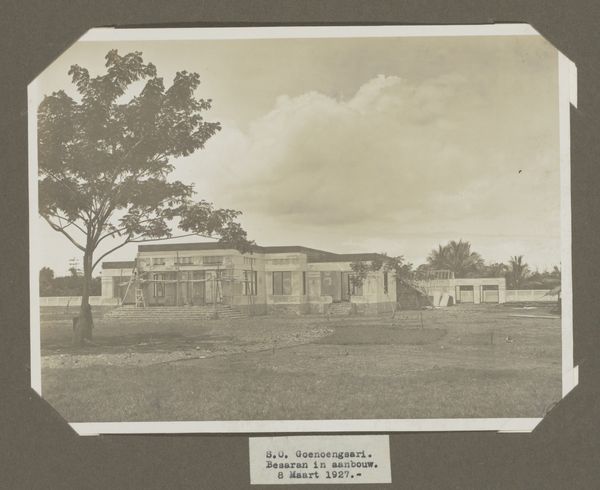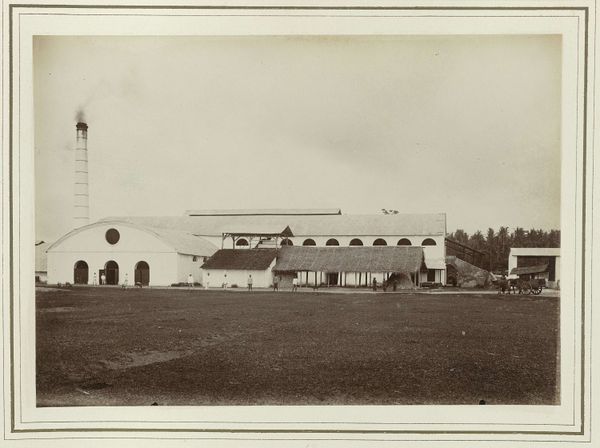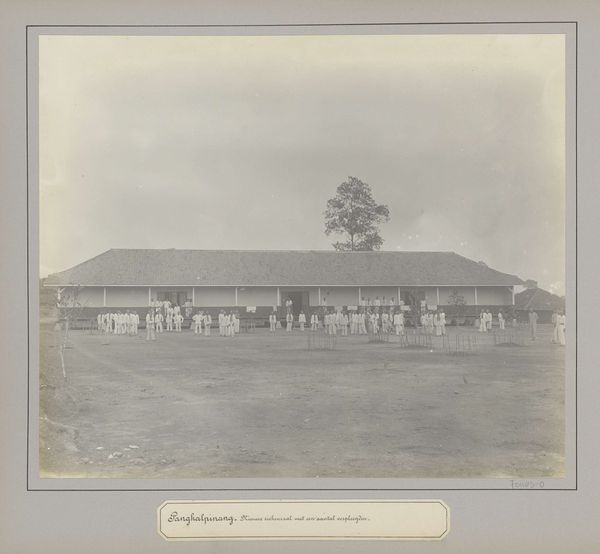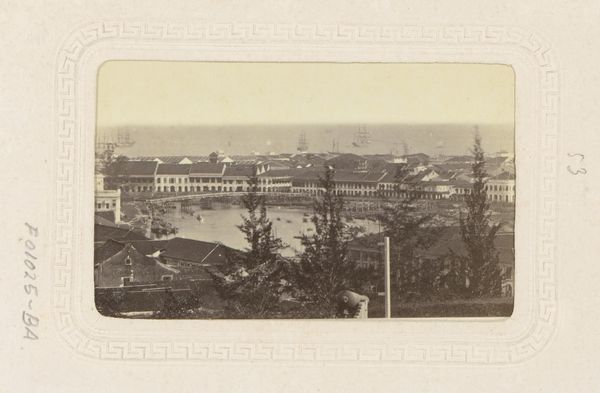
photography, albumen-print
#
landscape
#
photography
#
orientalism
#
cityscape
#
albumen-print
Dimensions: height 85 mm, height 52 mm
Copyright: Rijks Museum: Open Domain
Editor: So, this is "Buildings and a Lawn in Singapore" by G.R. Lambert & Co., an albumen print from sometime between 1867 and 1880. I’m struck by how composed and still everything seems, almost like a stage set. What do you see in this piece that perhaps I'm missing? Curator: What strikes me is the deliberate construction of the image and what it says about colonial power. We’re not just looking at buildings; we’re looking at a carefully crafted representation intended for a specific audience. Consider the perspective: the manicured lawn leads our eye directly to the imposing architecture. How does that influence your reading? Editor: I guess it feels very formal and controlled, which makes sense now you mention colonialism. It's not just a photograph; it's a statement. Curator: Precisely! The inclusion of Western architectural styles speaks volumes about the imposition of foreign power and aesthetics. Think about who would have commissioned this image and where it would have circulated. What stories was it meant to tell about Singapore? Editor: It makes you wonder what the photographer chose to leave out. It probably wasn't showing the full reality of life in Singapore at the time. It's a very curated version, I imagine. Curator: Indeed. The photographer, or rather, the company, likely aimed to portray Singapore as orderly, civilized, and profitable for the colonizers. Consider also the absence of people—whose presence is erased or marginalized in this visual narrative? It certainly isn’t representative of everyone, which influences our own reception of it today. Editor: I never would have picked up on all that without the socio-political context. It's so much more than just an old photo of buildings. Curator: And that's the power of understanding the historical and cultural forces at play. It challenges us to question what we see and who benefits from these representations. Editor: Exactly! It makes me want to learn more about the impact of photography in shaping colonial perceptions and even legacies. Thanks for illuminating that for me!
Comments
No comments
Be the first to comment and join the conversation on the ultimate creative platform.
